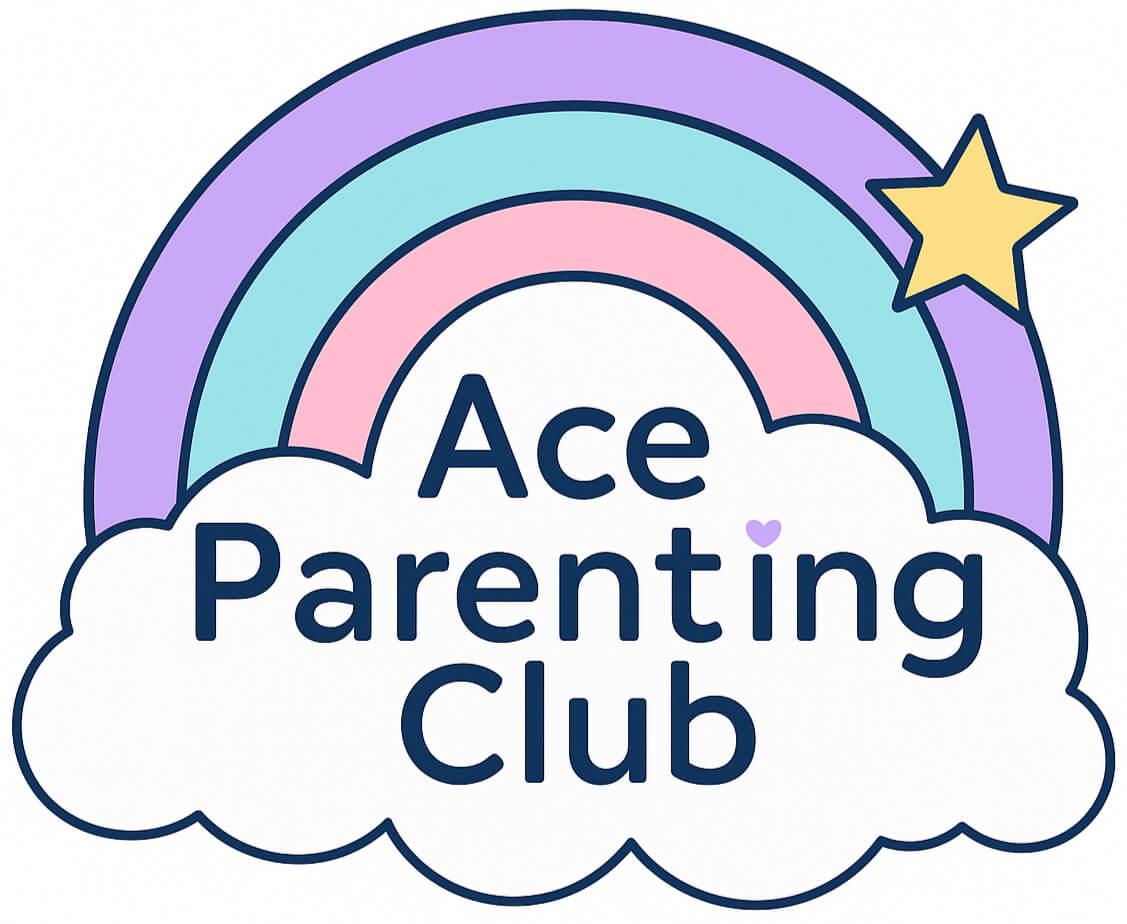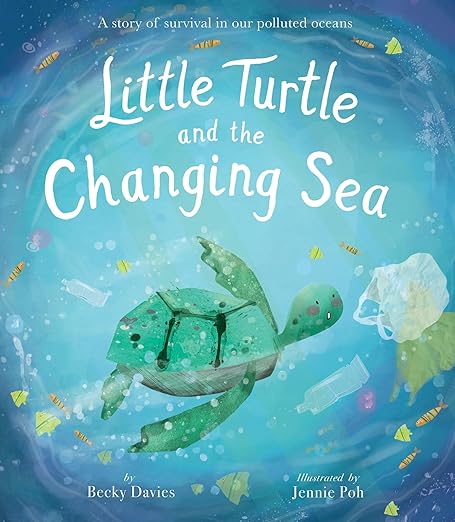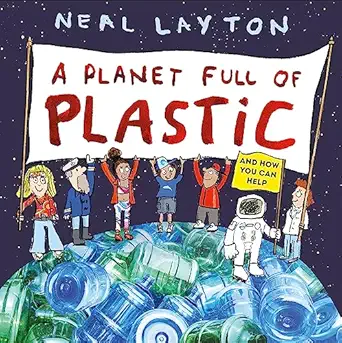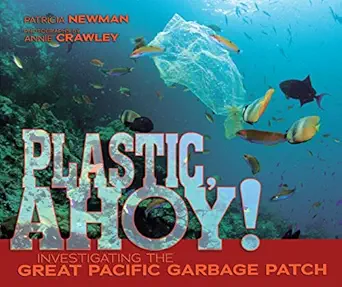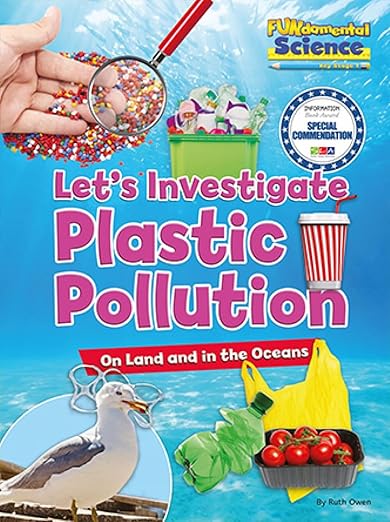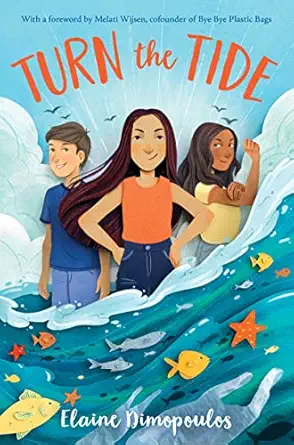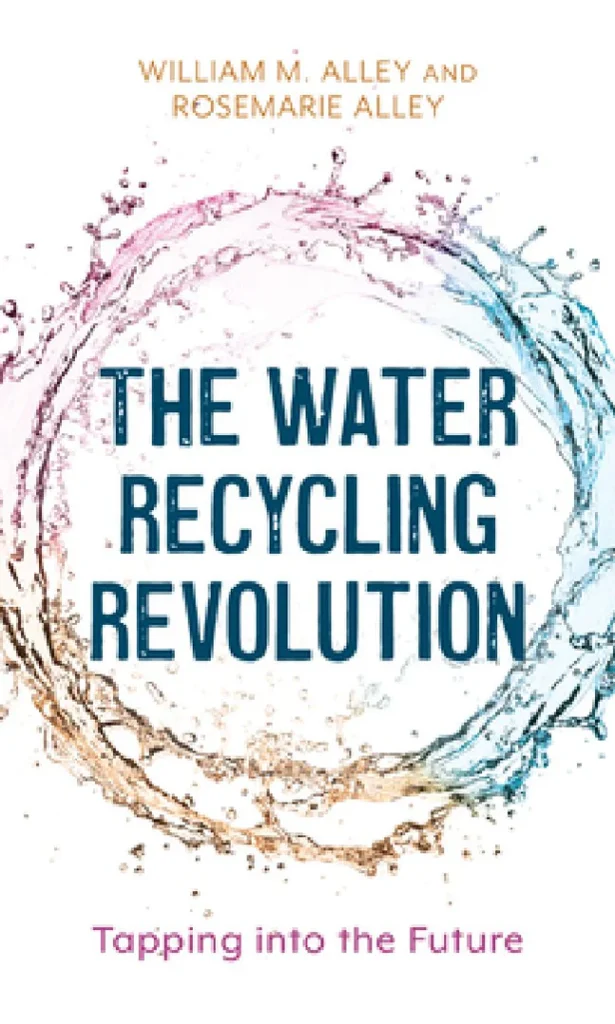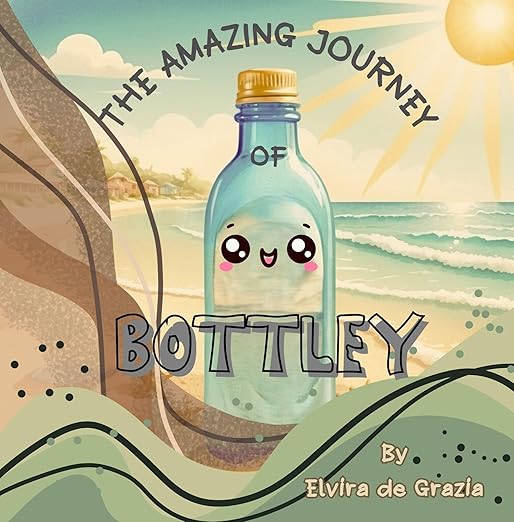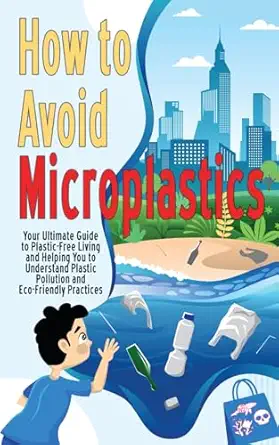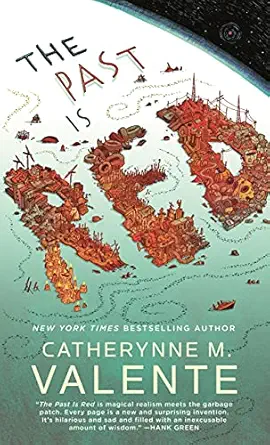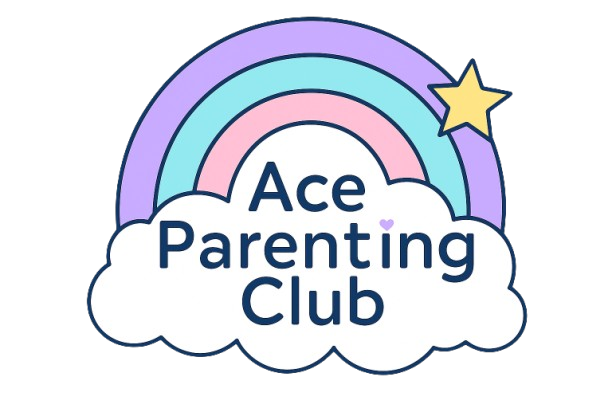Want your kids to care for the planet? Start with simple, engaging lessons on waste. A few days ago, our kids’ school administration requested parents to send as many used plastic bottles as possible. Our children eagerly collected empty ketchup dispensers, body wash containers, soft drink bottles, and more from every corner of the house. A month later, at the school exhibition, we were stunned.
The school had built a beautiful green wall, hanging planters, and vibrant flower-like arrangements from the same plastic bottles. Some were turned into bird feeders, while others became innovative watering cans with holes in the cap.
The waste management exhibition was not just creative; it was eye-opening.
We, as parents, realized that recycling isn’t just about managing waste; it’s about cultivating a mindset of resourcefulness. In today’s world, where climate change and conserving natural resources are burning questions, fostering a culture of sustainability from an early age is essential.
Anchal M Khanna
Explaining the Journey
of Waste
One fine day, we asked our children, What do you think happens to the waste the garbage truck collects from every home?
“It is probably thrown somewhere far away where no one can see it.”
“I think it goes to a place where they burn it all.”
We knew it was time to give them the right information, but not so much that it overwhelmed them.
To get started, we followed these few steps:
● We used videos to show them how Mother Earth is a blessed planet.
● We took them on field trips to demonstrate how waste is collected and processed before it is discarded.
● We used simple and easy-to-understand words and broke down the difficult concepts into simplified versions.
● We read, watched, and discussed success stories of children who have contributed to making the Earth a better place to live.
Simplifying the 3Rs: Reusing, Reducing,
and Recycling
One weekend, we invited kids, close friends, and their parents to our home (we needed their help to make this concept a lifelong habit!). We briefly introduced the idea of the 3Rs to all the curious thinkers.
Kids started brainstorming creative ideas and pouring suggestions on how they can use these 3Rs in their daily lives.
Children decided to make a team and came up with a name, Team Planet Helpers.
All parents assisted in designing recycled costumes for these little changemakers. The trick was to shape this activity into a habit and add as much fun as possible to attain our goal.
Focus on Reusing
Reusing is a much easier habit than recycling. Give your child the responsibility to make sure nothing is disposed of until it is no longer useful.
New is exciting, but reusing can be rewarding.
Ask kids to collect things that they think can be reused, such as empty plastic containers, buttons, glass jars, clothes in good condition, and plastic bags.
Trust us, they will feel proud of their monthly collection. They will start finding ways to use them, too. You can also add a small reward for the winner.
Teaching Kids the
‘Value of Enough’
Today, from game apps to TV screens, kids are bombarded with ads encouraging them to overpurchase and overindulge in materialistic products. We need to teach teens to avoid getting trapped in fast fashion and buying products at throw-away prices, as it pollutes our environment. The same principle applies when we order more food than we require in a restaurant. Help children to appreciate the value of every meal.
Composting: Let Them Grow What They Eat
Waste isn’t always a waste!
We can reduce food wastage and feed the garden soil. Instead of throwing away vegetable peels, fruit seeds, juice scraps, eggshells, or even dry leaves, show kids how to turn them into nutrient-rich compost. This compost will help plants grow strong. In this process, if possible, teach them to grow at least one vegetable or herb at home. It could be tomatoes, coriander, or lemon. Plucking and cooking from your home veggie garden is a rewarding experience. Composting teaches children some fundamental lessons about decomposition and fundamental ecological processes. They will understand nature’s cycle of giving life to plants and the essential need to conserve our soil from plastic waste.
Teach Them New ABC: Awareness, Bins, and Compost
The last step in teaching kids about waste segregation is to make them aware of what goes in their bins. Color-coded bins help them categorize and classify which items will go where to reduce landfill waste.
Generally, waste bins come in five colors: blue, yellow, green, black/grey, and red; however, the variation might vary from country to country.
Color segregation will help kids streamline waste processing by knowing the difference between organic, biomedical, and dry recyclable waste.
A Booklist for the
Planet Helpers
The journey to teach kids about recycling became more meaningful once we introduced age-appropriate books into their routine. Here are a few books we would like you to add to their routine if you are part of the journey with your children to save our planet.

A Step Towards Change
Within a year, we noticed that our family had started taking small but meaningful steps to segregate waste and reduce overconsumption of resources. This summer, they put up a stall of hand-painted recycled cloth bags at their school. They have understood the core meaning, that it is not an extra chore; it is a way of respecting and saving our planet. Let’s not limit recycling to a school project. If we all want the next generation to grow into mindful, responsible citizens, then building that mindset has to start from every home, by every parent. One bottle, one habit, one lesson at a time.
